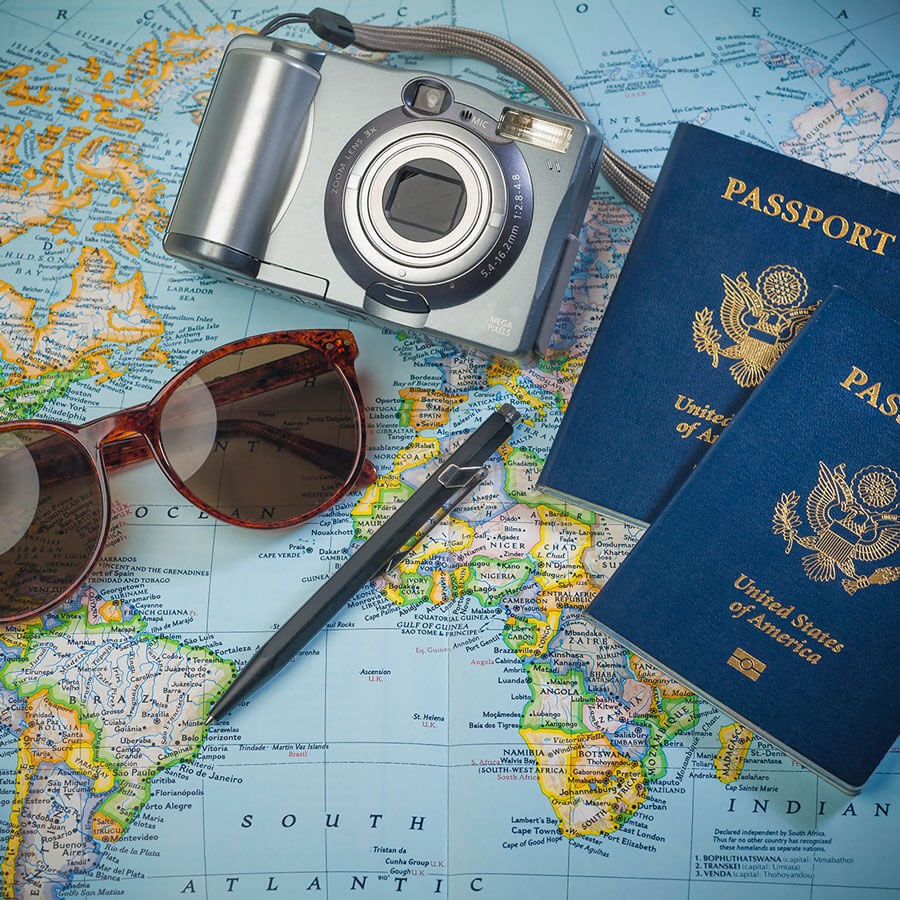Traveling with GLP-1 Medications
Published
May 31, 2023
Traveling can be a thrilling adventure, allowing you to explore new destinations and create lasting memories.
Traveling can be a thrilling adventure, allowing you to explore new destinations and create lasting memories. However, for individuals who rely on medications that need to be stored cold, like GLP-1 medications, traveling can present unique challenges. Proper storage and transportation of these medications are essential to ensure their effectiveness and maintain their integrity throughout the journey. In this blog, we will provide you with a comprehensive guide on how to travel with GLP-1 medications, ensuring a worry-free trip.
Research Transportation Options:
Before you embark on your journey, it’s important to research the different transportation options available to you. Consider the modes of transportation you’ll be using, such as airplanes, trains, or buses, and determine if they offer refrigeration facilities. Some airlines, for example, have special compartments or refrigerated storage areas where you can safely store your medications.
Check Transportation Regulations:
Each mode of transportation may have specific guidelines regarding the transportation of medications requiring cold storage. Familiarize yourself with the regulations of your chosen method of travel, paying attention to the quantity of medication allowed, any necessary documentation, and restrictions on cooling equipment. Ensure that you comply with all regulations to avoid any issues during security checks or customs.
Pack Medications Appropriately:
Proper packing of your GLP-1 medications is crucial to maintain their efficacy. Here are some packing tips:
a. Use a portable cooler or insulated bag: If refrigeration is not available during your travel, invest in a high-quality portable cooler or insulated bag. These will help maintain the required temperature for your medications. Consider using gel packs or ice packs designed specifically for medical purposes to keep the temperature stable.
b. Keep medications in their original packaging: Leave your GLP-1 medications in their original packaging, as it provides essential information, including instructions and the manufacturer’s recommendations for storage. It also makes it easier to identify the medications in case of any inquiries.
c. Protect medications from extreme temperatures: Avoid exposing your medications to excessive heat or cold. Keep them away from direct sunlight, heaters, or air conditioning vents. If you are carrying your medications in a cooler or insulated bag, make sure it is kept in a shaded area and not exposed to extreme temperatures.
Carry Relevant Documentation:
To ensure a smooth journey, carry relevant documentation regarding your GLP-1 medications. This may include a copy of your prescription, a letter from your healthcare provider explaining the necessity of the medications, or any other supporting documents. These documents can be helpful if you encounter any questions or concerns during security checks or customs.
Plan for Emergency Situations:
While we hope for seamless travels, it’s important to be prepared for unexpected situations. Research medical facilities or pharmacies at your travel destination that can provide support or replace medications if needed. Additionally, carry the contact information of your healthcare provider in case you require any assistance while away from home.
Conclusion:
Traveling with medications that require cold storage, like GLP-1 medications, requires careful planning and consideration. By researching transportation options, complying with regulations, and packing your medications appropriately, you can ensure their effectiveness and integrity throughout your journey. Remember to prioritize your health and well-being while enjoying your travel experience. Bon voyage!
Disclaimer: This blog is for informational purposes only and should not replace professional medical advice. Always consult with your healthcare provider for personalized guidance on traveling with medications.
Read more from our blogs
How Much is Semaglutide?
Oct 30, 2023
Learn more about the cost of Semaglutide injections, approved patient populations, and the many potential benefits, including sustainable weight loss.
Is Compounded Semaglutide Legal?
Jan 12, 2023
Semaglutide is patented so that means nobody can make Semaglutide until the patent expires... right? Not exactly.
This Breakthrough Medication Is Revolutionizing Weight Loss
Jan 17, 2023
Semaglutide is now FDA-Approved for medical weight loss and is helping thousands reach their weight goal, but where to get it?
Back to blog



